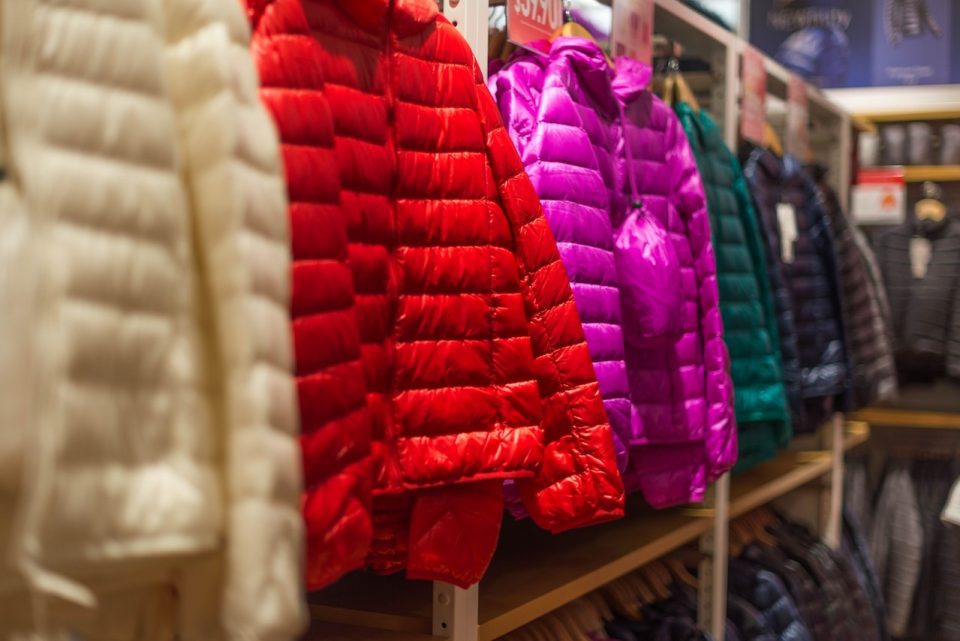In a testament to the robustness of the US economy, retail sales surged by 0.7% in September, outpacing Wall Street’s predictions of a 0.3% growth, according to data released by the Commerce Department on Tuesday. This marks the sixth consecutive month of growth in retail sales, underscoring a sustained trend of consumer spending.
Economists attribute this consistent upward trajectory to an average addition of nearly 270,000 nonfarm payroll jobs during the same period. The labor market shows no immediate signs of cooling, painting a strong economic outlook as the US consumer enters the final quarter of 2023. This vitality in consumer spending may pose additional inflationary risks, potentially prompting further interest rate hikes by the Federal Reserve.
Leading US economist at Oxford Economics, Michael Pearce, noted, “The economy is entering Q4 with more momentum than we previously thought. The risks to our forecast for a slight contraction in consumption in Q4 are firmly to the upside. The strength of the economy also means that Fed officials will leave the door open for additional rate hikes.”
Federal Reserve Chair Jerome Powell emphasized the correlation between a robust US economy and potential rate hikes to maintain price stability. Powell stated, “We’re not looking for a decrease in consumer spending… If the economy comes in stronger than expected, that just means we’ll have to do more in terms of monetary policy to get back to 2% [inflation]—because we will get back to 2%.”
Last week, Fed officials eased market concerns about an impending interest rate hike by explaining that tightening credit due to rising bond yields could act as a substitute. This brought relief to bond yields and led to a surge in stock prices.
However, the September retail sales report released on Tuesday shifted the market sentiment. The CME FedWatch Tool indicates a 40% likelihood of a Federal Reserve interest rate hike in December, up from 25% just a week ago. Stocks saw a dip upon opening, while bond yields experienced an uptick, with the 10-year Treasury yield reaching 4.85%, nearing a 16-year high.
EY-Parthenon senior economist Lydia Boussour commented, “Today’s strong report along with a recent string of positive economic surprises suggest the economy carried more momentum than previously thought over the summer… This will keep the Federal Reserve on high inflation alert.”
Despite the positive retail sales figures, there are lingering uncertainties for consumers. Credit card delinquencies have been on the rise, and the personal savings rate recently hit its lowest point in 2023. Additionally, the impact of the resumption of student loan payments on consumer spending remains uncertain.
Wells Fargo’s senior economist Tim Quinlan pointed out, “Pandemic-related sources of spending like excess savings and easy access to cheap credit are fading, but what this report tells us is that households have grown more comfortable spending at elevated rates.”
Quinlan further noted that this spending trend may persist, stating, “We have long stressed that real income is the last major driver of spending, and continued labor market tightness suggests income can continue to fuel consumption in the near term.”
The labor market appears robust, with job openings at historically high levels and layoffs remaining minimal. Citi’s economics team expressed confidence, stating, “We expect the consumer to remain supported in the next couple of quarters as long as the labor market remains strong.”
Federal Reserve Chair Jerome Powell is anticipated to provide an economic update during his speech at the Economic Club of New York on Thursday.
The surge in retail sales serves as a compelling testament to the resilience and vitality of the US economy.
Source: Yahoo Finance

